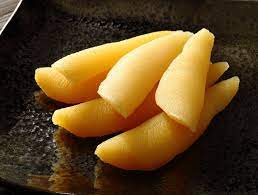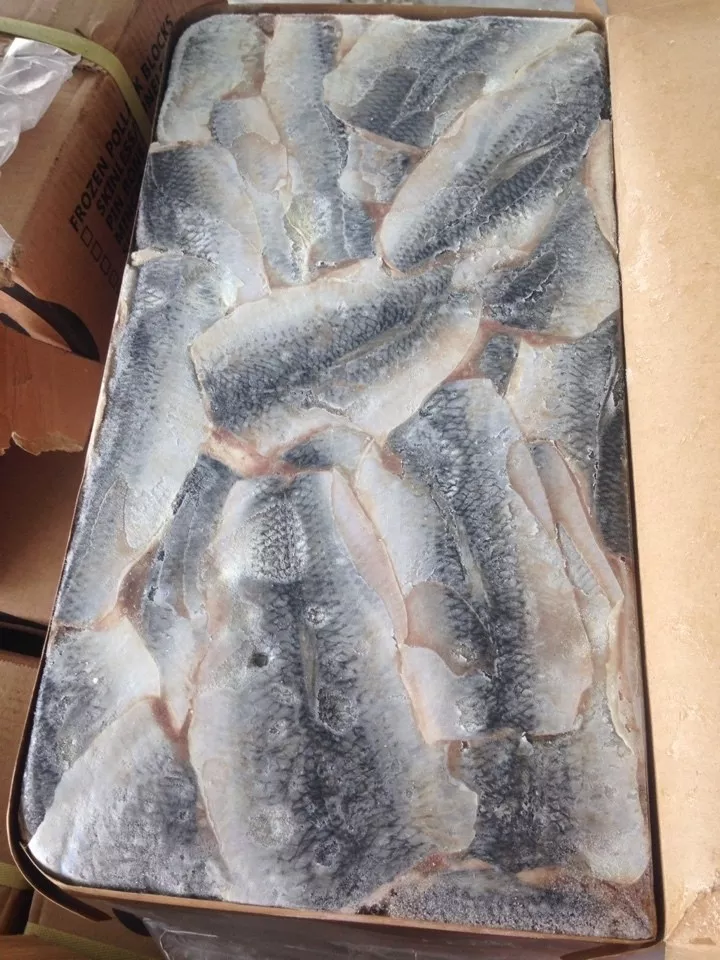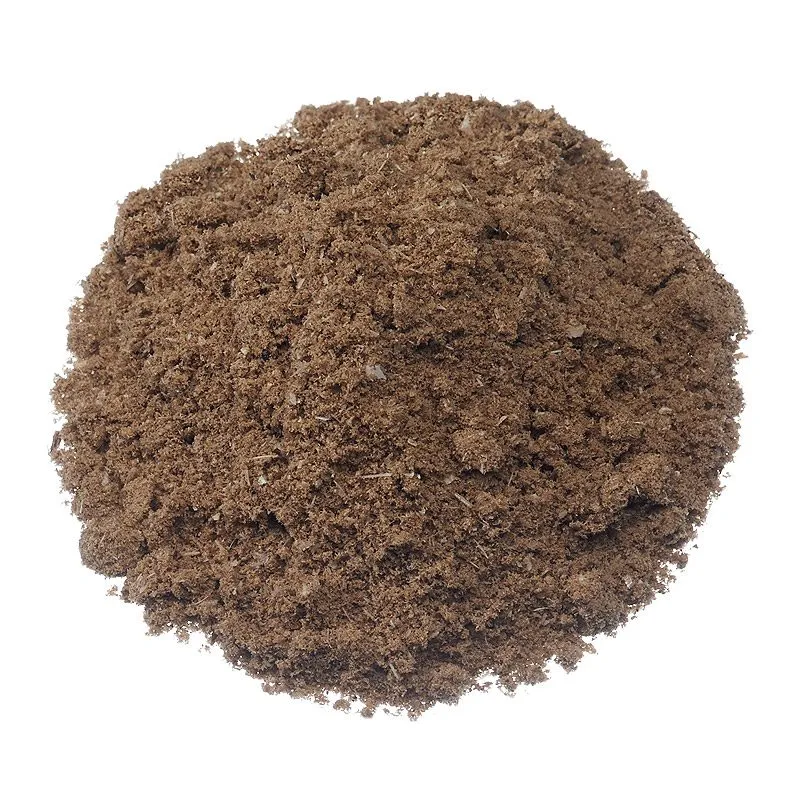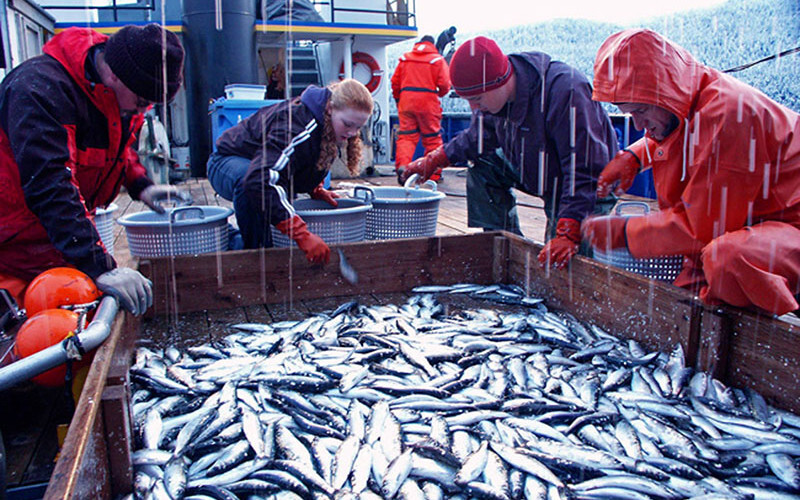The arrival of herring at Sitka Sound signals the start of spring in Alaska, but the fishery that began there on March 22 has attracted little notice or interest.
Roughly 2,740 tons of herring (6 million pounds) were harvested through March 25 on an allowable harvest of 36,720 short tons (73.44 million pounds).
There’s plenty of herring, which are valued for their roe, or eggs. However, interest in that high-end product has bottomed out over several decades to a level where most fishermen have simply hung up their nets.
Fishery manager Aaron Dupuis with the Alaska Dept. of Fish and Game in Sitka said that with its limited capacity, the Sitka harvest could be around 1,000 tons per day, which is normal. The fishery typically wraps up in less than two weeks.
In 2024, a handful of the 47 permit holders at Sitka Sound took 12,678 tons (25.35 million pounds) of roe herring valued at $1.27 million at the docks.
Kodiak’s herring sac roe fishery begins on April 1 and will last until June 30. This year's harvest level is 7,250 tons (14.5 million pounds). The fishery occurs in 13 districts around the island.
Managers at Kodiak say the herring biomass levels have been at near records for over five years. But last year, there was zero participation by fishermen or buyers.
The stock also continues to surge at Togiak in Bristol Bay, home to Alaska’s largest roe herring fishery. However, state managers already have announced that “processors have indicated that they do not intend to harvest roe herring in Togiak in 2025, and it is unlikely that a commercial fishery will occur.”
It is the third year in a row that the Togiak fishery has been called off due to no buying interest. The roe herring harvest quota at Togiak this year was set at 41,163 tons, or 82.32 million pounds.
Alaska aims to make changes to boost the herring fishery
The roe fishery by far gets the lion’s share of each year’s returning herring, but that apportionment method is outdated. Alaskans also harvest herring in food and bait and spawn on kelp fisheries throughout the state, and last year, the Board of Fisheries created a Herring Revitalization Committee to consider changes to seasons and amounts of the various herring fisheries.
“Alaska’s herring roe fisheries have declined in value since the 1990s. The regulatory structure was designed to support a majority of the harvest for herring roe. To facilitate higher value markets and uses for herring, regulatory structures must change,” Fish Board chair John Wood said in a press release.
But the biggest issue is the lack of customers. Alaska has not broadened its customer base beyond Japan for over 50 years.
“It’s maybe the most extreme example of how a major Alaska industry could be dependent on an extremely specialized foreign market. And it is a stark contrast to the diverse buyers of other Alaska species,” said Gunnar Knapp, a retired University of Alaska fisheries economist.

Since the 1970s, the value of Alaska’s herring fishery has been driven by the roe-laden skeins in the female fish. In the 1990s, the roe herring could sell for well over $1,000 per ton to buyers in Japan, where the skeins were considered a delicacy. At that time, the fishery tallied over $60 million to Alaskan fishermen. Since then, changing tastes and attitudes in Japan have driven the value steadily downward, with recent catches averaging as little as $.10 per pound.
Male herring and female fish carcasses are “bycatch” and mostly dumped
In other countries, herring is enjoyed in many ways: pickled, smoked, and mashed on toast. Most of Alaska’s roe herring is frozen whole and shipped out in 15-pound bags to secondary processors in Seattle or Asia and then sent to Japan. The herring are sorted by sex, and the egg skeins are “popped” from the females.

The males taken as bycatch and the popped female carcasses are mostly ground up for meal for foreign fish farms or simply discarded. A small portion is sold as bait to commercial and sport fishermen.
The Pacific herring not destined for human consumption runs as high as 88 percent each year.
“It’s like hunting a herd of deer only to harvest the liver. Maybe it’s time to start calling the industry what it is — the fishmeal industry,” said K’asheetchlaa Louise Brady of the Southeast Herring Protectors.








